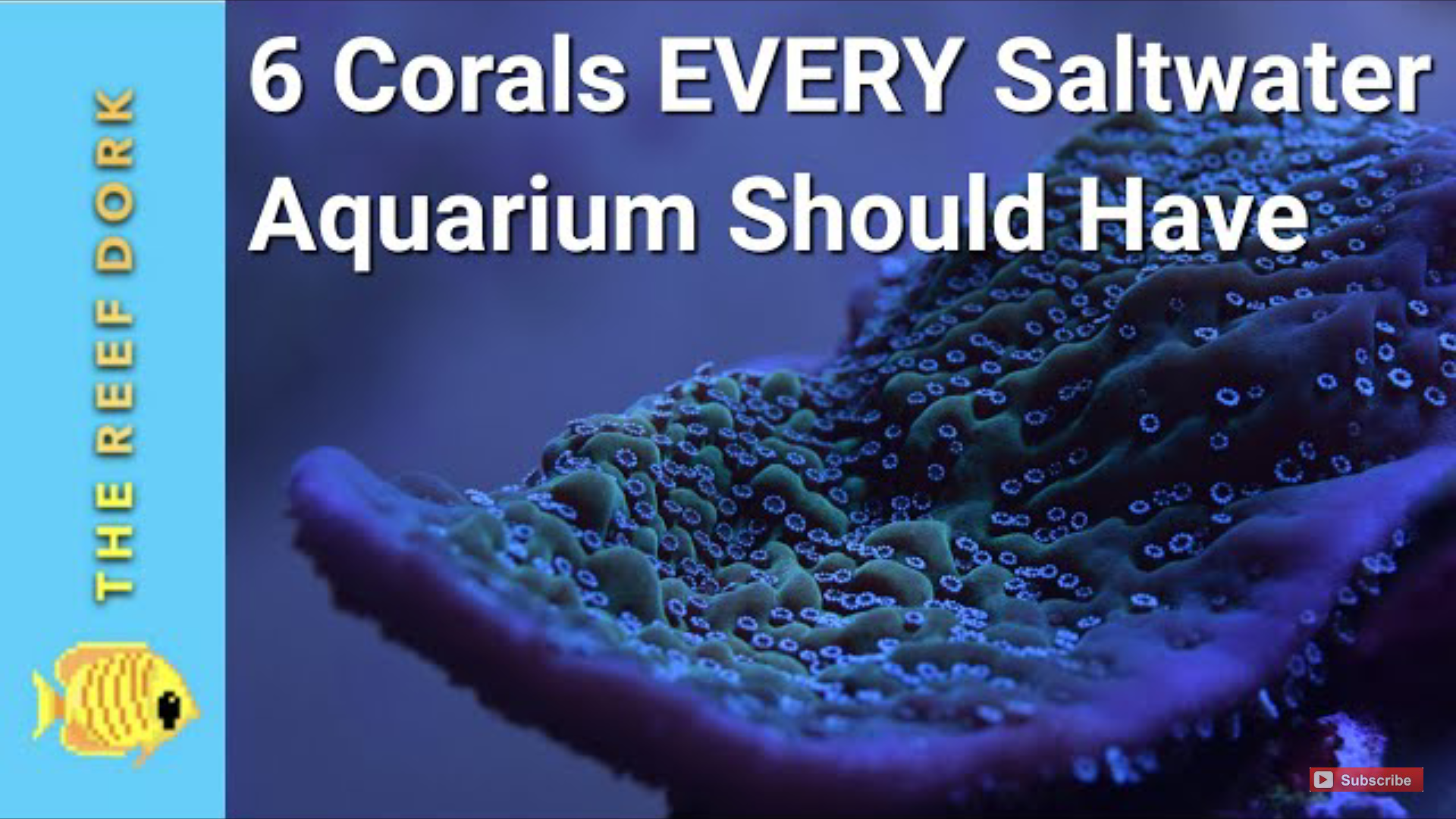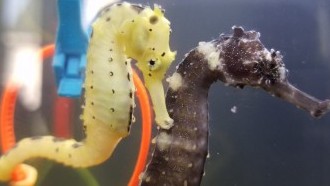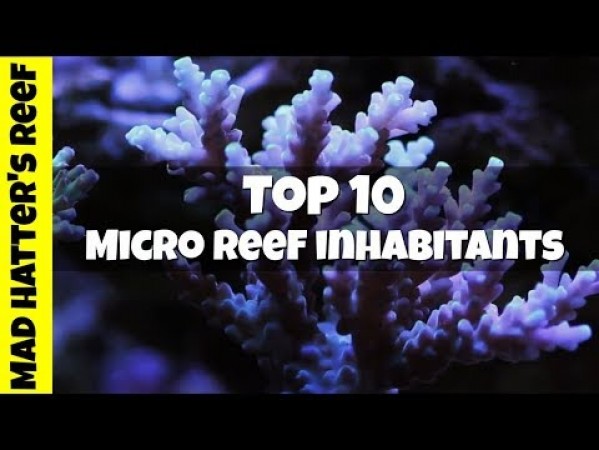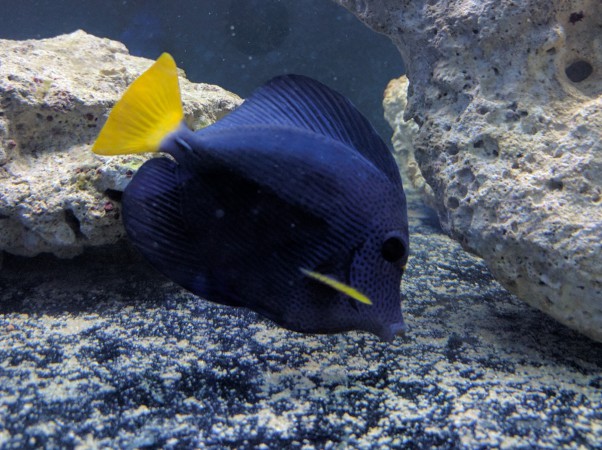- Name:
Fiji Echinata
(View AKA's) - Family: Mussidae
- Species: Acanthastrea
- Scientific Name: Acanthastrea echinata
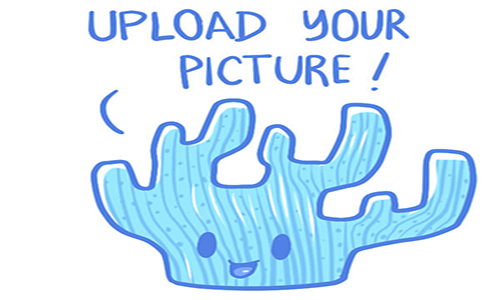
General info about Fiji Echinata
In the wild, Fiji Echinata comes in two forms: either encrusting or massive. Their colonies may reach over a meter in length. They have circular corallites with thick walls and septa that have long and pointed teeth. Their skeleton is covered with a dense, fleshy tissue that usually forms a concentric fold.
For the Fiji Echinata, they are predominatly colored blue with a red circle just before the green mouth. This are the water parameters for cultivating Fiji Echinata:
- Calcium: 400 - 450 ppm
- Alkalinity: 3.2 - 4.8 MEQ/L
- Phosphates: 0
- Magnesium: 1200 - 1350
- Strontium: 8 - 10
- Temperature: 76° - 83° F (24° - 28° C)
- Salinity / Specific Gravity: 1.023 - 1.025
Fiji Echinata Diet & Nutrition
In the wild, Fiji Echinata has developed a symbiotic feeding relationship with marine algae called zooxanthellae. But in captivity, you have to feed them with nanoplankton or dissolved organics.
Fragging / Propagating Fiji Echinata
A mature tank is highly recommended in propagating Fiji Echinata. Thriving them with fish is recommended as fish excretes nitrogen that can sustain the coral's growth.
Flow / Lighting Requirements for Fiji Echinata
Fiji Echinata does not need a high flow rate and intense light. Giving them moderate lighting allows the Acan Echinata to spread their polyps thereby allowing them to feed. Too much light will cause the polyps to be retracted.
Fiji Echinata Origin
Fiji Echinata can be found throughout the Indo-Pacific region. They are widely distributed from East Africa (the Red Sea to Polynesia), Japan, Marshall Islands, and the Great Barrier Reef and Solitary Islands of Australia.
Caution Should be Taken with Fiji Echinata
Except for their own kind, Fiji Echinata is aggressive towards other species. During the night, they extend their tentacles and sting nearby corals. It is recommended to observe proper spacing between corals. Further, they have the tendency to be overpowered with soft corals and will die especially if soft corals outnumber them.
How to Acclimate Fiji Echinata
Fiji Echinata is purely marine. So, therefore, salinity must be maintained thoroughly at 1.023 to 1.025 specific gravity.
Stinging Tentacles on Fiji Echinata
During night, Fiji Echinata extend their tentacles and sting nearby corals.
Original Detail
| Name | Species | Family | Scientific Name | More Detail | Added by |
|---|---|---|---|---|---|
| Fiji Echinata | Acanthastrea | Mussidae | Acanthastrea echinata | In the wild, Fiji Echinata comes in two forms: either encrusting or massive. Their colonies may reach over a meter in length. They have circular corallites with thick walls and septa that have long and pointed teeth. Their skeleton is covered with a dense, fleshy tissue that usually forms a concentric fold. For the Fiji Echinata, they are predominatly colored blue with a red circle just before the green mouth. This are the water parameters for cultivating Fiji Echinata:
|
PalaciosAn |
Changed by users
| Submitted Date | Submitted By | Status | Action |
|---|


